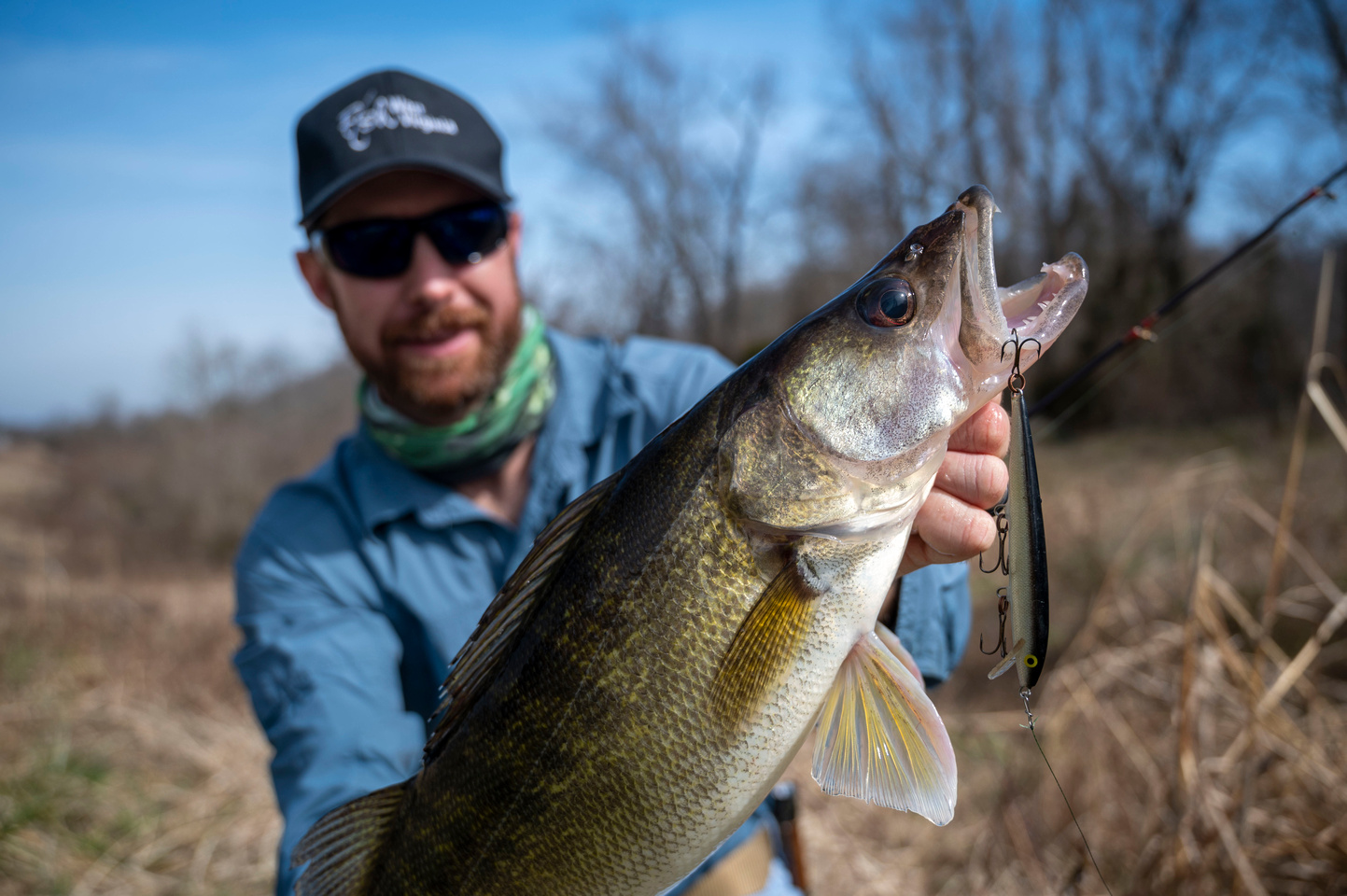Complete six slams and receive West Virginia’s most prestigious fishing award
So, you want to be a Master Angler? To earn your stripes, you’ll need to complete six slams, each requiring you to reel in specific fish species that meet specific requirements. Each slam must be completed within a calendar year to qualify. Each slam can only be completed once. If you complete all six slams, you’ll be the next West Virginia Master Angler.
Master Angler Program Rules
Before we dive into the pro tips, let’s review the ground rules. To qualify for a slam, you must legally catch each specified species in West Virginia waters, ensuring each catch meets or surpasses the minimum length requirements (listed below). Anglers can only complete each slam once.
To qualify, you must also share a time-stamped photo of you holding each catch. And remember — each slam must be achieved within a calendar year. Complete all six slams, and you’ll earn the esteemed West Virginia Master Angler Award, a testament to your lifelong dedication to the craft.
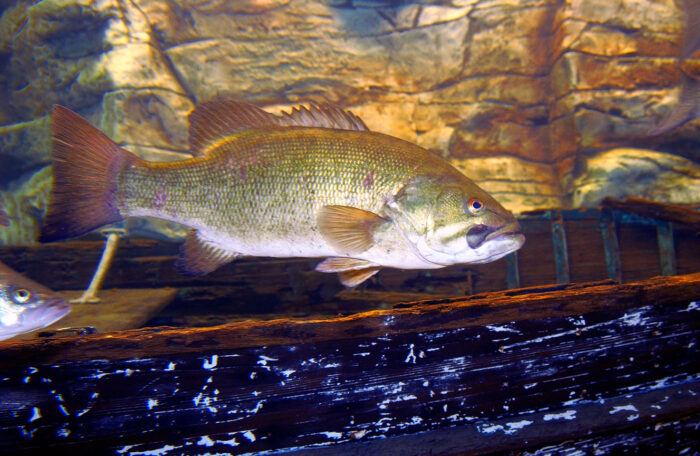
Black Bass Slam Pro Tips
Largemouth Bass – 12 inches
- Where To Find Them: Seek out lakes and scout for structures like logs and aquatic vegetation, where largemouth bass lurk.
- Best Lures or Bait: Use plastic worms or spinnerbaits for a successful catch.
- Best Fishing Times: Spring through fall offers prime time for catching these largemouth bass beauties.
Smallmouth Bass – 12 inches
- Where To Find Them: In rivers and streams, target eddies behind large rocks or gravel bars where smallmouth bass ambush prey.
- Best Lures or Bait: Use tube jigs or small jerkbaits to entice these feisty fighters.
- Best Fishing Times: Spring through fall presents optimal conditions for reeling in smallmouth bass.
Spotted Bass – 12 inches
- Where To Find Them: Contact the fisheries biologist at your local DNR District Office for more information about where to find this species in your area.
- Best Lures or Bait: Use crawfish imitations like jigs or crankbaits to lure in these elusive bass.
- Best Fishing Times: From spring through fall, keep your eyes peeled for the best opportunities to hook a spotted bass.
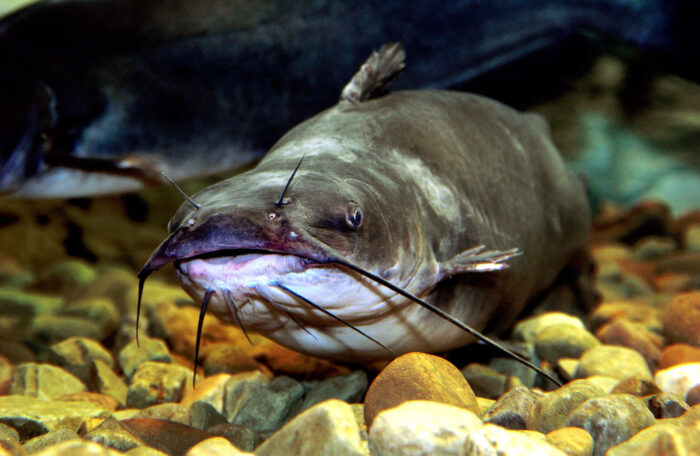
Catfish Slam Pro Tips
Blue Catfish – 20 inches
- Where To Find Them: Scan the Ohio and Kanawha rivers or R. D. Bailey Lake for schools of shad, a sure sign of nearby blue catfish.
- Best Lures or Bait: Use cut shad or other large baitfish to tempt these formidable fish.
- Best Fishing Times: Fall through spring, particularly after dark, presents prime catfishing hours.
Flathead Catfish – 20 inches
- Where To Find Them: Seek out sunken trees or drop-offs in streams and lakes, favored haunts of flathead catfish.
- Best Lures or Bait: Use live shad or other sizable baitfish to lure in these predators.
- Best Fishing Times: Summer through fall, especially under the cloak of darkness, maximizes your chances of landing a flathead.
Channel Catfish – 16 inches
- Where To Find Them: Scout out areas near gravel bars or sandy flats, where channel catfish gather to feast. In late spring, the WVDNR stocks channel catfish in impoundments around the state. Find a water at WVdnr.gov/fish-stocking.
- Best Lures or Bait: Treat them to a feast of cut bait, chicken livers or nightcrawlers for a successful catch.
- Best Fishing Times: Embrace the cover of darkness, as summer through fall nights offer the best catfishing opportunities.
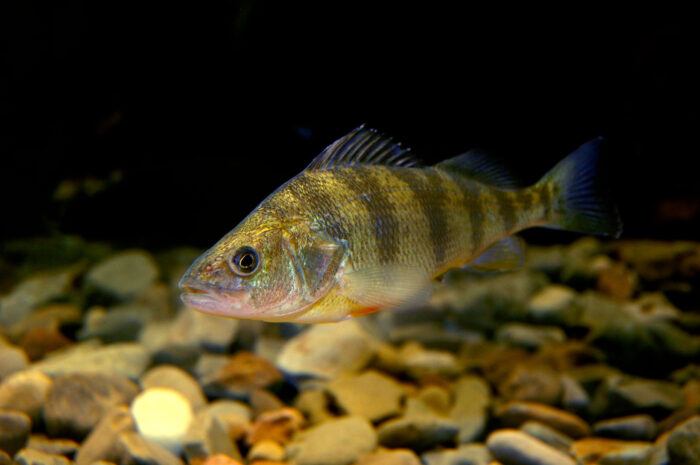
Panfish Slam Pro Tips
Sunfish – 6 inches
- Where To Find Them: Target areas around weed beds or fallen trees in lakes.
- Best Lures or Bait: Entice them with mealworms, red worms or small jigs for a guaranteed bite.
- Best Fishing Times: From spring through fall, capitalize on the sunfish’s year-round presence in West Virginia waters.
Rock Bass – 7 inches
- Where To Find Them: Explore streams, focusing on shallow rocky areas with slower flows where rock bass thrive.
- Best Lures or Bait: Use worms, crayfish or small spinners to tempt these cunning critters.
- Best Fishing Times: Spring through fall provides ample opportunities to hook a rock bass.
Yellow Perch – 8 inches
- Where To Find Them: Seek out weedy areas and spots with sunken trees in lakes, known hangouts of yellow perch. Contact the fisheries biologist at your local DNR District Office for more information about where to find this species in your area.
- Best Lures or Bait: Use small minnows, worms or small jigs to entice these flavorful fish.
- Best Fishing Times: Spring and fall are prime fishing seasons for yellow perch.
Crappie – 8 inches
- Where To Find Them: Target areas in lakes with downed trees or man-made fish attractors, especially during the spring spawning season.
- Best Lures or Bait: Use small minnows and jigs to seduce these finicky feeders.
- Best Fishing Times: While available throughout spring and summer, capitalize on the spring spawn for optimal crappie-catching conditions.
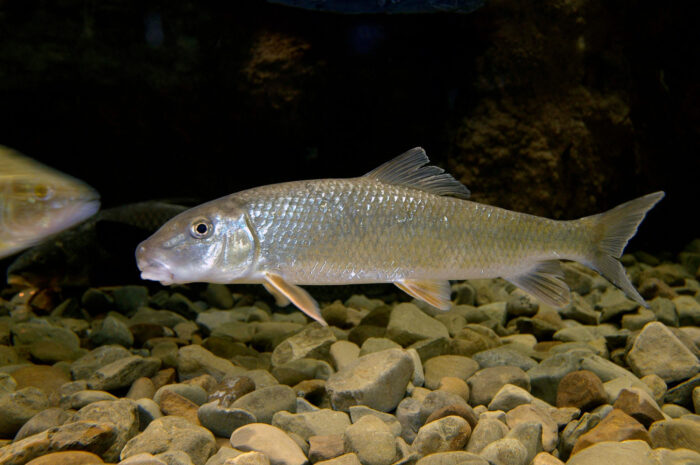
Nongame Slam Pro Tips
Fallfish – 12 inches
- Where To Find Them: Explore streams in the eastern panhandle, focusing on eddies and riffle areas reminiscent of trout habitats.
- Best Lures or Bait: Use small spinners and jigs to attract fallfish.
- Best Fishing Times: Spring through fall.
Bullhead Catfish – 12 inches
- Where To Find Them: Scout weedy and muddy areas in impoundments and slow-moving streams where bullheads congregate. Contact the fisheries biologist at your local DNR District Office for more information about where to find this species in your area.
- Best Lures or Bait: Use worms or nightcrawlers to entice these bottom-dwelling beauties.
- Best Fishing Times: Embrace the warmth of summer nights, perfect for bullhead catfish encounters.
Freshwater Drum – 12 inches
- Where To Find Them: Explore navigable rivers like the Ohio, Kanawha and Monongahela, focusing on shallow flats and gravel bars.
- Best Lures or Bait: Offer up crayfish and worms to lure freshwater drum from their riverbed hideouts.
- Best Fishing Times: Capitalize on the summer and fall months for optimal freshwater drum fishing experiences.
Common Carp – 20 inches
- Where To Find Them: Target shallow areas with slow currents or sandy/muddy bottoms, favored habitats of common carp.
- Best Lures or Bait: Use corn, worms or doughballs to tempt these bottom-feeding giants.
- Best Fishing Times: Spring through fall.
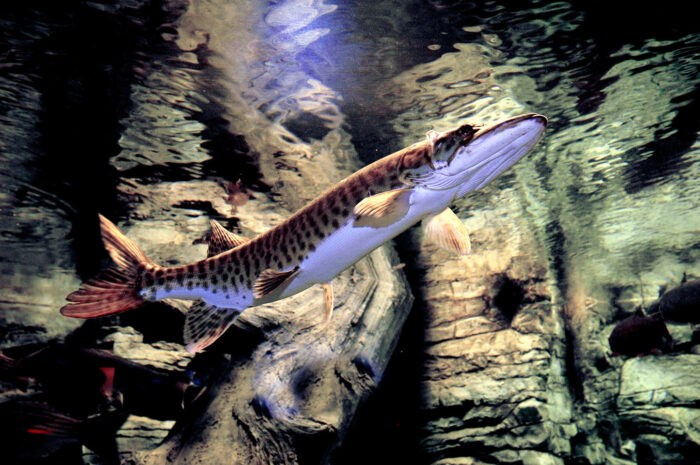
Predator Slam Pro Tips
Walleye – 15 inches
- Where To Find Them: Scout areas below waterfalls or large rapids on rivers, especially during spring spawning runs.
- Best Lures or Bait: Offer up minnows or nightcrawlers, along with crankbaits and swimbaits, to entice these elusive predators.
- Best Fishing Times: Fall through spring, particularly during spawning runs in spring, offers prime opportunities to land a trophy walleye.
Musky – 30 inches
- Where To Find Them: Explore lakes and streams, targeting areas near substantial cover such as large rocks and logs where musky lie in wait.
- Best Lures or Bait: Present large baitfish, glide baits or hefty spinners to catch the attention of these apex predators.
- Best Fishing Times: Fall through spring provides the best window for pursuing musky.
Striped and Hybrid Striped Bass – 15 inches
- Where To Find Them: Focus your efforts below lock and dams on rivers or near shad schools in lakes.
- Best Lures or Bait: Use crankbaits, jigs or swimbaits to mimic their prey and attract these formidable fighters.
- Best Fishing Times: While available year-round, spring offers prime conditions, especially during mock spawning runs.
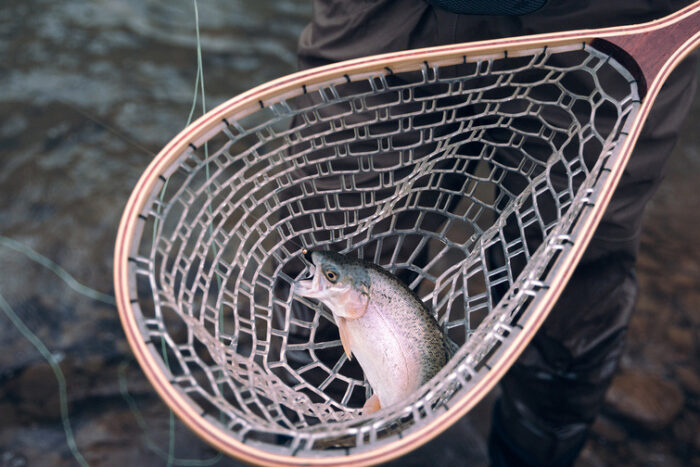
Trout Slam Pro Tips
To complete the trout slam, you will need to catch a brook, brown, golden rainbow, rainbow and tiger trout 12 inches or longer.
- Where To Find Them: Focus on eddies and riffles in stocked rivers and streams and around gravel flats in stocked lakes.
- Best Lures or Bait: Use prepared baits such as gulp and powerbait, salmon eggs and worms.
- Best Fishing Times: Fall through spring when water temperatures are cool.
Get Your Fishing
There’s more to being a master angler than catching fish. Master anglers also follow fishing regulations, respect nature and enjoy the natural beauty around them. With dedication, patience, and a bit of luck, you’ll soon find yourself reeling in the rewards of the West Virginia Master Angler Award.
Ready to become a Master Angler? Download a Master Angler Application today.




